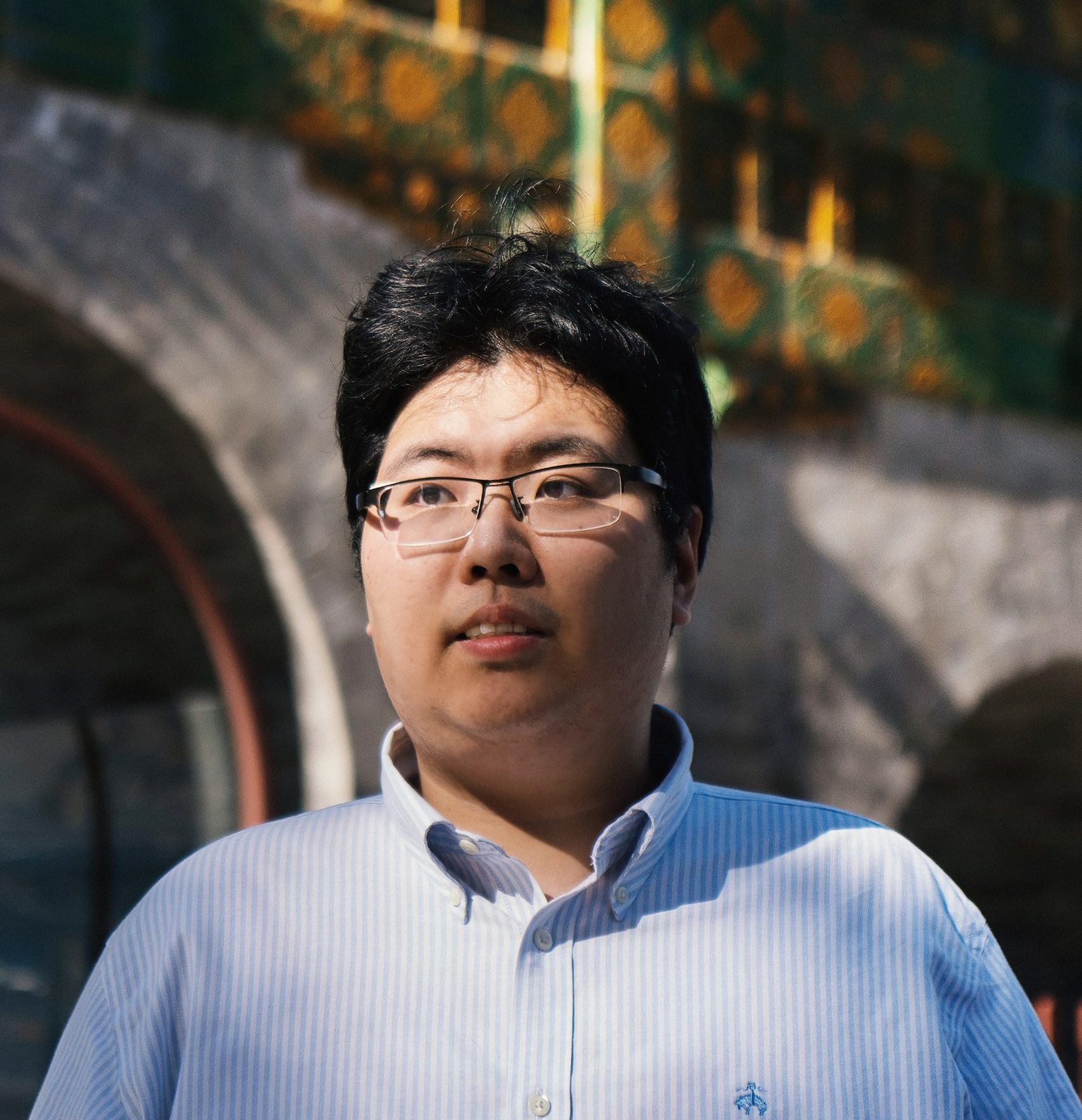
to top

Fellowship Project
Mr. Wang will visit the Museum für Ostasiatische Kunst Köln (Museum of East Asian Art Cologne; “MOK”) in Cologne, Germany, for 4 months (May – August 2026) to explore effective methods for displaying and digitizing Chinese architecture using the museum’s unique collection. His co-curatorial project will contribute to an exhibition celebrating the 50th anniversary of the Kunio Maekawa-designed pavilion in 2027. By researching MOK’s architectural holdings, including building fragments, funerary structures, and spatial representations found in paintings and screens, he will integrate digital technologies like 3D scanning and photogrammetry with traditional curatorial practices to virtually reconstruct fragmented elements. This Fellowship project aims to create immersive environments that resonate with contemporary audiences and will culminate in a publication on “Architecture in East Asia,” establishing new frameworks for architectural curation.
Biography
Mr. WANG Keda is an architectural archaeologist and curator specializing in East Asian built heritage. He received his training in architectural archaeology, theory, and conservation from Peking University and the University of Pennsylvania, and is currently pursuing his doctorate at the Institute of Fine Arts, New York University.
Mr. Wang’s work aims to bridge academic scholarship and practical preservation, bringing a unique perspective to the interpretation of architectural heritage. He has documented over four hundred religious and funerary structures across Asia, pioneering portable technologies and methodologies for rapid spatial digitization. His curatorial practice emphasizes architecture’s experiential dimensions, exploring how built environments shape memory and cognition. This framework became the foundation for Funes, a heritage digitization initiative he co-founded.
As a curator, Mr. Wang has participated in multiple exhibitions at the Shanghai Museum, the Arthur M. Sackler Museum at Peking University, and notably “Earthly Paradise” at the Wu Museum (2021). This award-winning exhibition pioneered multisensory architectural display by incorporating digital documentation and recreation of religious and vernacular Lower Yangtze architecture and urban planning. Wang authored and edited the accompanying catalog and has contributed to several other architectural publications. His interdisciplinary approach combines traditional archaeological methods with digital technologies, including photogrammetry, 3D scanning, and virtual reality. Prior to joining IFA, he served as a teaching affiliate at New York University Shanghai in history and heritage methodologies.
Recent Development and Achievement
Mr. Wang is currently working on miniature sculptures inside late imperial monastic halls. In Fall 2024, Wang served as a Teaching Affiliate at NYU Shanghai’s Global China Center and Digital Heritage Lab, guest instructing courses that integrate architectural digitization techniques with cultural heritage studies. His recent curatorial work includes “Earthly Paradise” at Wu Museum in Suzhou, which won the Provincial Best Exhibition Award (2019—2022. link: https://www.thepaper.cn/newsDetail_forward_15476838). This exhibition employed a multisensory approach, incorporating immersive soundscapes and digital reconstructions. Wang authored and edited the accompanying catalogue (Peking University Press, 2022. link: https://book.douban.com/subject/3572881), which explores human perception and experience in Jiangnan architecture across multiple spatial scales.
In 2024, Mr. Wang co-founded the Funes Heritage Digitization Initiative (link: https://funes.world/), leading an innovative documentation project that utilizes photogrammetry and 3D scanning to create publicly accessible digital archives of culturally significant architectural sites. Wang also serves as principal photographer and surveyor for a Modern Chinese Architecture catalogue by Prof. Nancy Steinhardt (ORO Editions, 2024. link: https://oroeditions.com/product/modern-chinese-architecture), documenting architectural evolution across modern China.
Additional contributions from Mr. Wang include a chapter on Mount Tiantai (China Architecture & Building Press, 2022. link: https://book.douban.com/subject/36377496/) and an ongoing project as deputy designer for the Dingcun Historic Village Preservation Project in Shanxi Province. Wang co-hosts a Chinese podcast on architectural heritage (link: https://shanyouhu.xyz/).
Selected Publication(s)